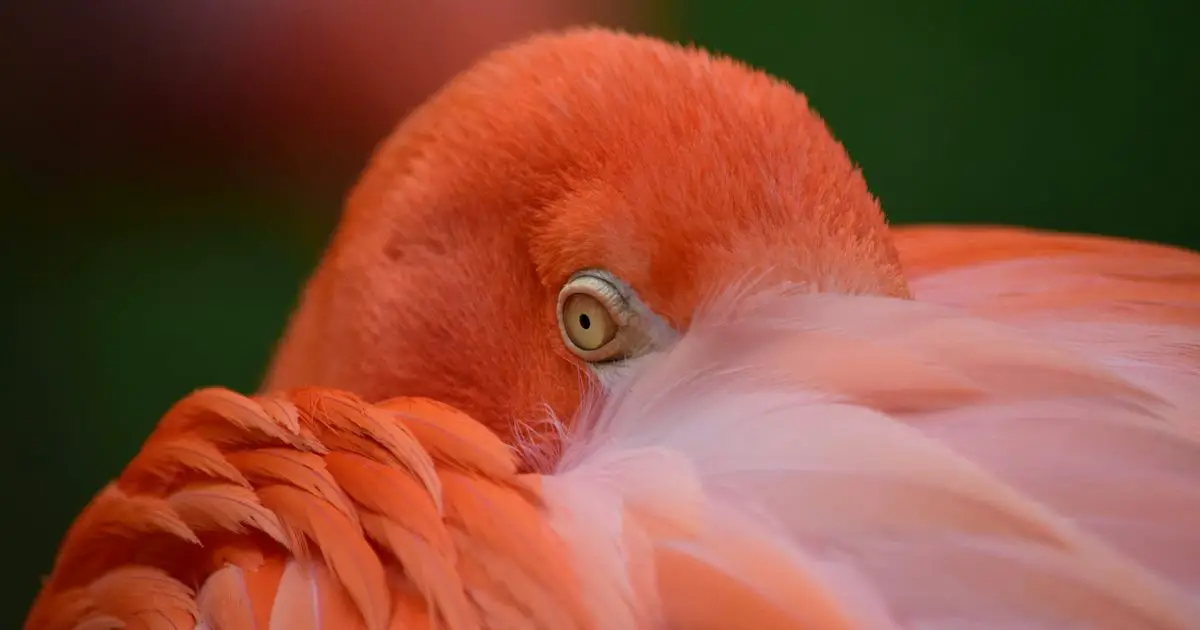
Flamingos are iconic little birds. Like, did you know that a group of flamingos is called a flamboyance?!
Gorgeous. Obsessed. That’s what my group of friends is called when we’re all together, too.
Also, did you know that flamingo nests are made of mud, in something that the Smithsonian National Zoo And Conservation Centre describes as a “mini mud volcano”.
However, the most interesting thing about flamingos is actually why they are pink, because it’s not actually their natural colouring.
Why flamingos are pink
So, what is the secret behind this bright, bold colouring?
Well, remember when the phrase “you are what you eat” was used all the time? It was proven to not be entirely true but in the case of flamingos, it was pretty much bang on the money.
This is because, according to Britannica: “The bright pink colour of flamingos comes from beta-carotene, a red-orange pigment that’s found in high amounts within the algae, brine fly larvae, and brine shrimp that flamingos eat in their wetland environment.”
The other thing worth noting about our pink-feathered friends is not all flamingos are made equally pink. In fact, there are actually six different species of flamingo, from various places across the world and because food and habitats differ throughout these environments, so do the shades of pink.
Britannica explained: “Some flamingos are darker or brighter shades of pink, others are more orange or red, and still others are pure white.”
Interestingly, changing skin shade just with food is possible for humans, too. Off the back of a trend on TikTok last year, where creators ate three carrots a day to get a “tan”, NHS Surgeon Dr Karan Raj said that while this definitely doesn’t count as tanning, it will likely develop into a benign medical condition called Carotenemia – “a clinical condition characterised by yellow pigmentation of the skin and increased beta-carotene levels in the blood.”
Not quite as fabulous and actually a little dangerous. We should probably leave the food-related colouring to the expert flamingos.







